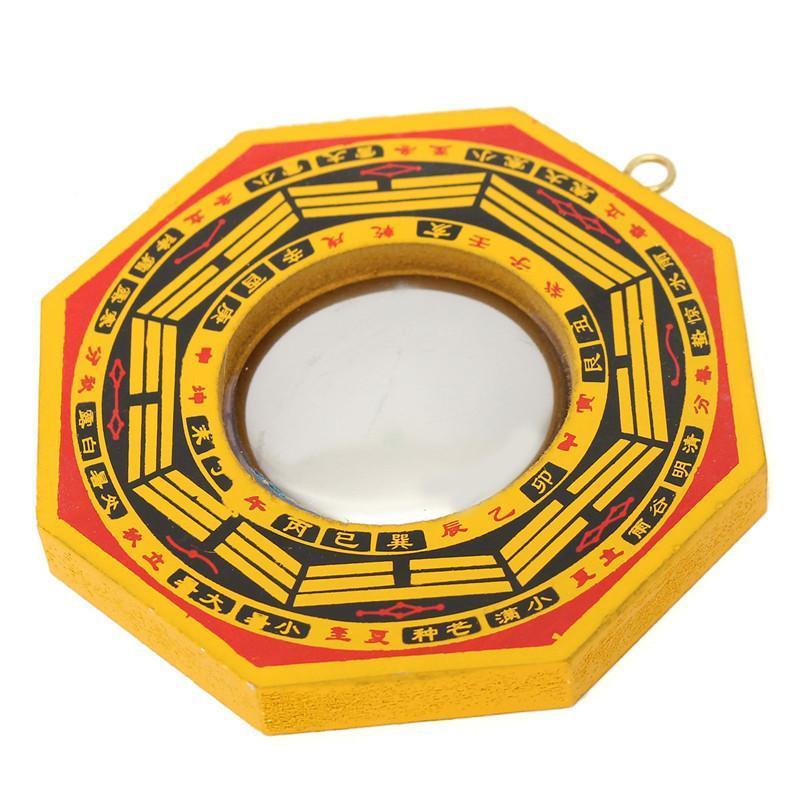Pa Kua: Feng Shui Tool for Harmony and Well-being
Pa Kua is the central tool of a very ancient Chinese divination system, and one that has been used for centuries to gain information about just about anything and everything.
It consists of an octagonal circle containing eight trigrams, each representing a different energy and being associated with a natural element.
In this article, we will explore the mysteries of this unique tool, to better understand how it can be used to improve our lives.
Contents :

What is Pa Kua?
Pa Kua then has its roots in Chinese tradition.
It is a form of divination based on the interpretation of symbols, which can be used to understand the influences of energies around us.
According to the teachings of Feng Shui, Pa Kua is also a very effective tool for obtaining information about our past, present or future.
In Chinese, the term Pa Kua literally translates to “eight trigrams”. This form is based on the Taoist concept that all that exists is composed of yin (darkness) and yang (light), and all possible shades between them.
The 8 trigrams represent different aspects of our life: sky, earth, wind, mountain, water, fire, metal and wood.
These 8 trigrams are further combined into 64 hexagrams, each hexagram having its own symbolic meaning.
By interpreting the signs provided by the Pa Kua hexagrams, we can determine how our current actions will affect our future, how the decoration of our home influences our mental state, and what decisions to make to improve our life.
Using Pa Kua for Feng Shui
The Pa Kua is one of the most used tools in Feng Shui
This symbolic octagon represents the totality of what makes up our lives and perhaps an excellent way to improve our environment... and therefore our physical, emotional and spiritual health.
Pa Kua allows us to understand how to create a harmonious space that promotes a good circulation of vital energy to achieve prosperity, well-being and inner peace.
By studying Pa Kua, we learn to know the different cardinal directions associated with the eight trigrams of the I Ching (the “Eight Trigrams”).
Each direction of your house will thus have its own meaning on the material and spiritual levels. You will then need to consider these aspects to arrange your home according to the principles of Feng Shui.
Concretely, it is possible to use Pa Kua to precisely identify where to place our furniture or decorative objects, in order to maximize the harmony of our living space.

Pa Kua as a tool for decorating the house
When you directly integrate the Pa Kua symbol into your interior design, it helps bring a sense of calm and harmony to your home.
You can choose from a variety of ornamental objects (like mirrors or sculptures) to incorporate this enigmatic symbol into your personal living space.
To properly respect the principles of Feng Shui, the colors that you associate with the Pu Ku must, however, correspond to the energies already present in the rooms where you place it.

Feng Shui mirrors
Feng Shui mirrors are a form of ancient magic that can help you improve your home and create harmony.
Among its many tools, Feng Shui uses them to realign the flow of positive and negative energy in and out. Feng Shui mirrors have therefore been used for centuries to attract happiness, wealth, love and prosperity into homes.
In fact, mirrors must be strategically placed to “reflect” certain negative influences or energies that may want to enter through certain access points, such as doors or windows. Such use will allow you to cultivate good Qi (vital essence) in your home.
Lucky charm featured in this article

Bagua Mirror
See more

